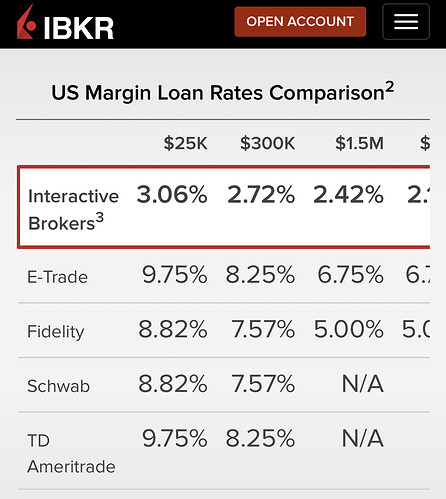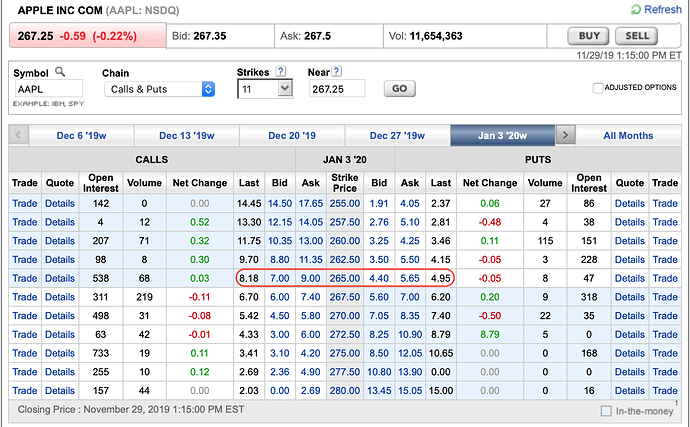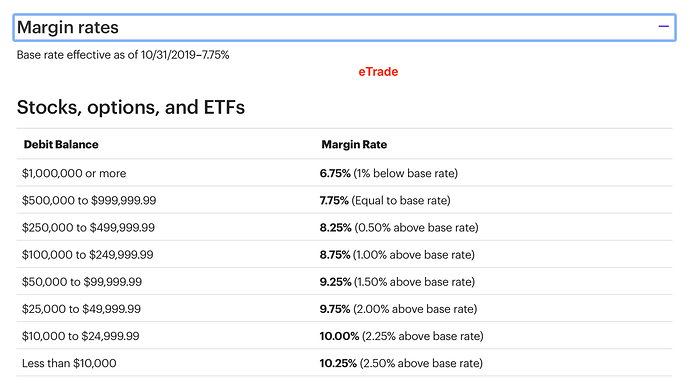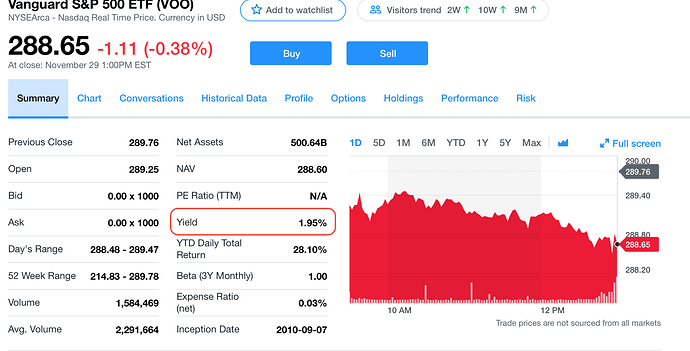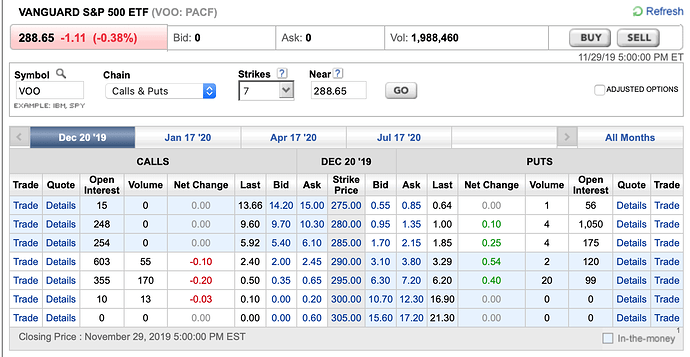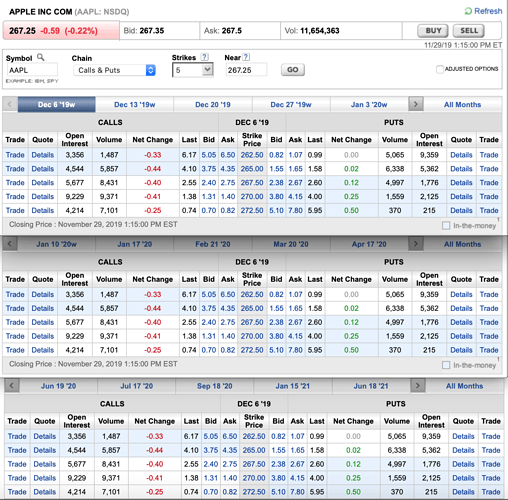The 60-40 split between stocks and bonds was once solid financial advice—but no longer
They suggest seeking more diversification in other assets, instead, recommending high-dividend stocks and riskier bonds, such as municipal debt and short-term, high yield (aka junk) bonds. JP Morgan is making a similar recommendations. The bank suggests other income generating assets, like real estate.
![]()
The purpose of safe bonds is not diversification, it is hedging—and there is a big difference between the two.
The problem is the safest bonds are offering very low returns, and so savers face a dilemma. They can save more or take more risk. While moving out of a 60-40 allocation is the riskier option, it may be necessary for some investors, but it is no free lunch. Even more diversification can’t reduce the risk of loss. Odds are there will be a recession in the next 10 years and big drop in risky asset prices. That may be a bigger problem for savers than persistent low yields.

